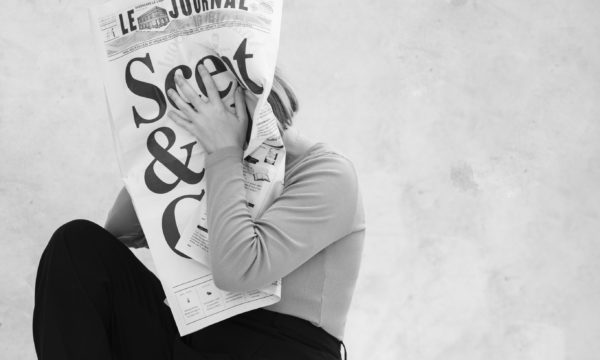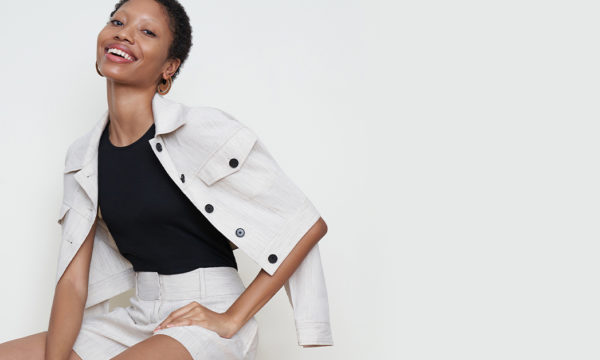Short-Shorts at JCPenney: Dressing for Work in a Sexist Society
July 30, 2015
The internet has been abuzz this week with tales of Sylva Stoel, the 17-year-old JCPenney employee who was sent home for wearing too-short shorts. The catch? She purchased them in JCPenney’s own “Career” department.
Stoel promptly quit her job and took to Twitter to protest the unfairness of the situation. She told PEOPLE: “They never said ‘no shorts’ at orientation. I never even got a handbook or anything.”
Given this lack of guidance, Stoel did the logical thing: She shopped in JCPenney’s own career section—and ended up paying the price. This type of confusion (and underlying body-shaming) isn’t limited to places like JCPenney.

The source of the scandal: Sylva’s red shorts.
Women in most industries (and at every level of their careers) face a certain amount of wardrobe angst. And it’s not because they’re sartorially clueless—it’s because they’re judged no matter what they do.
Recently, a number of law schools and firms have come under fire for condescendingly dictating how women should and should not dress. Clifford Chance notoriously distributed a memo to its female employees that included such helpful tidbits as: “No one heard Hillary the day she showed cleavage.”
But despite the misguided advice available and the retroactive tsk–tsking given to unknowing rule-breakers like Sylva Stoel, there is very little in the way of practical, reasonable advice out there for women.
A few years ago, I interviewed Michael Kors at a party and he lamented: “In the summer we have a lot of interns, and it is an army of very, very short shorts. I understand shorts, and maybe I’m old-fashioned, but when the butt cheek is exposed, I don’t know.”
Whether a woman is an eager intern at a top fashion house or a seasoned lawyer in a courtroom, society sends a consistent message: “You’re dressing wrong. You’re a distraction.”
On top of that, there’s inherent sexism built into the very act of getting dressed. While a male executive can simply rely on a rotation of suits, a female faces a much more nuanced proposition that involves balancing professionalism and “femininity” with comfort and function. Oh, and then there’s the fact that women are charged more for dry-cleaning than their male counterparts.
Given this sartorial quagmire, it’s astounding that women manage to get out of the house in the morning at all—let alone focus on building their careers. After all, we can’t possibly be taken seriously until we’re dressed “just so”—or at least, that’s what society is telling us.
At MM.LaFleur, we know what women are up against. In fact, that’s why we exist. For women in the workplace, clothing can be as hazardous as it is necessary—but it can also be empowering. So how do women get to a place of empowerment? A place where their outfits no longer dictate how their contributions will be received?
The most important resource is other professional women. Nearly every successful woman has a story about a coworker or mentor who gently guided her when it came to learning the complicated, unspoken codes of dressing for the office. And for those who don’t necessarily have anyone to play that role, we’ve written Wear to Work, a guide that serves up nuanced advice sans condescension.
We didn’t write this book because women are incapable of dressing themselves. We wrote this book because women have better things to think about. Even at MM.LaFleur—where we specialize in dressing the modern professional woman—we celebrate the fact that “a woman’s clothes should be the least interesting thing about her.” And we can’t wait for the day when society finally acknowledges that as well.
Illustration by Nicole Benson








